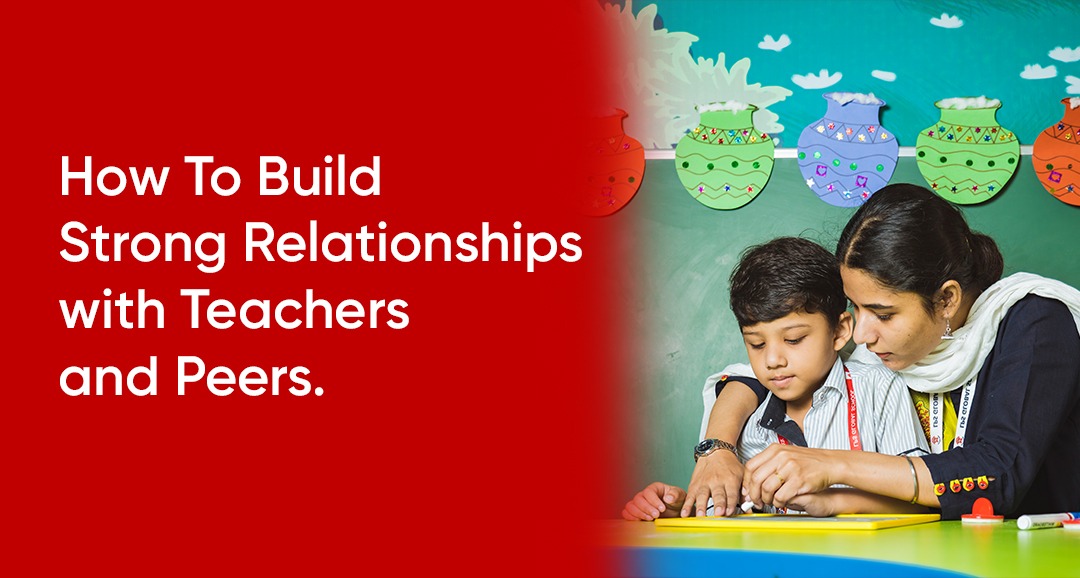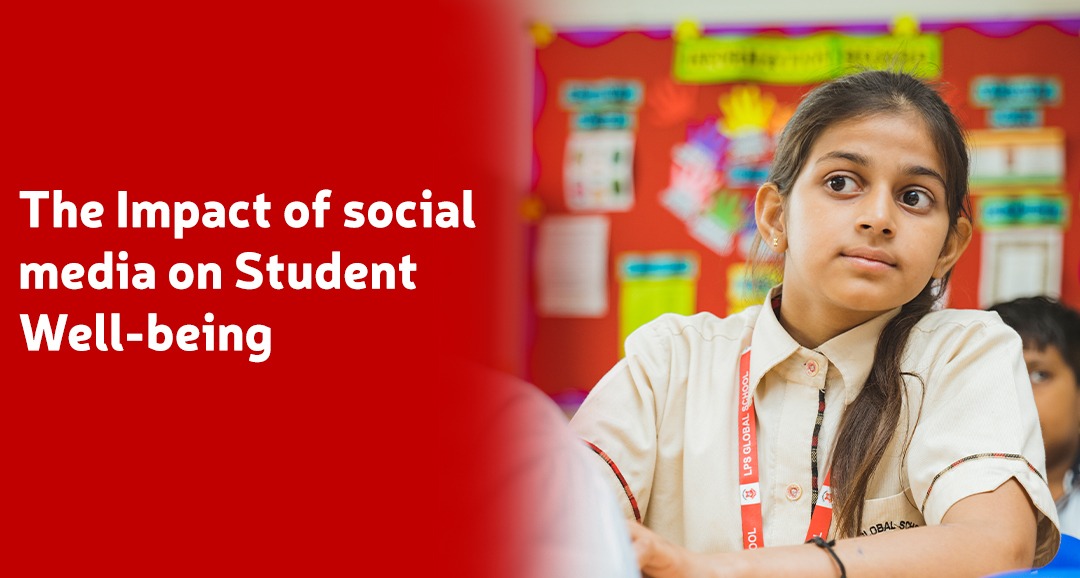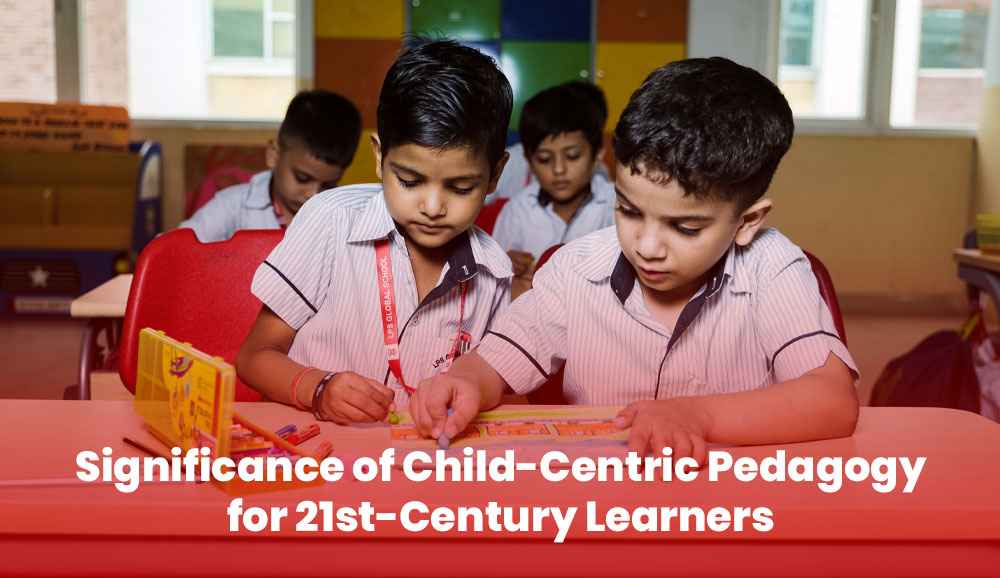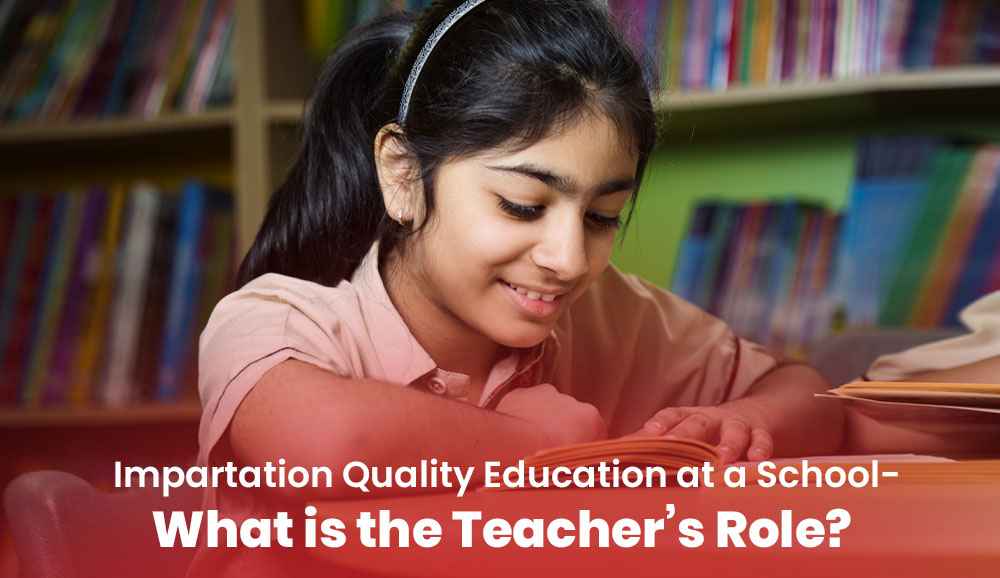
Crafting lasting relationships: connecting good Teachers and Peers
Creating a sense of trust and respect is essential to the development of any successful teachers-student relationship. It begins with setting clear expectations for student behavior, providing them with consistent support, and creating an environment in which they feel comfortable expressing themselves. Additionally, teachers should show genuine interest in their students’ learning journey by actively listening and responding to their needs. This reinforces that the teacher cares about their success and encourages open communication between both parties. Establishing this connection will ensure that each individual can be confident in their own unique talents while being supported by those around them in a safe space – ultimately leading to long-lasting relationships built on mutual understanding and appreciation.
Creating an environment of open dialogue between teachers and students is essential for developing lasting relationships. To encourage such communication, teachers should create a safe space where honest conversations can take place without fear of judgement or punishment. It’s important for teachers to be receptive to student ideas and concerns in order to foster mutual respect and trust. Teachers can do this by actively listening, being approachable, and providing positive feedback so that students feel empowered to share their thoughts and opinions openly. Encouraging two-way dialogue will help build strong connections between teacher and student which are vital for educational success in the long term.
Positive reinforcement is the key for a successful teacher-student relationship. Every time a student achieves something, the teacher should reward them with positive words and rewards that will motivate them to continue their hard work and strive for success. Celebrate successes together, no matter how small they may be: from acing an exam to mastering a difficult task. This way, students feel appreciated and encouraged to continue learning, while teachers can foster meaningful connections with their pupils as well as boost morale in the classroom. By utilizing positive reinforcement, both teachers and students can benefit from each other’s accomplishments – creating lasting relationships that are beneficial for all parties involved.
The power of social interaction in the classroom
It is no secret that social interaction plays an important role in the learning process. Studies have shown when students interact with each other, they are able to better understand and retain information. Social interaction also helps foster a sense of community and belonging in the classroom which can lead to increased engagement and motivation for learning. Furthermore, it allows students to practice communication skills necessary for success outside of school such as sharing ideas, problem-solving, and collaboration. By understanding the value of social interaction in learning, we can create an environment where all students feel welcome, supported, and encouraged to take risks while engaging with their peers on topics related to their studies. This will ultimately help them develop into well-rounded individuals who are confident enough to navigate through life’s challenges.
Establishing positive relationships with teachers is essential for students to feel comfortable and encouraged in the classroom. Creating an atmosphere of trust between teacher and student can be achieved by having meaningful conversations, exchanging ideas, and actively engaging in class discussions. Regularly talking to teachers about their topics of interest, such as their hobbies or current events, helps build a bridge of communication that allows both parties to better understand each other’s perspectives. Moreover, discussing any questions related to course material ensures that all members of the class are on the same page. Engaging frequently in conversation with teachers will form strong bonds that encourage collaboration and foster growth within the learning environment.
Creating a healthy classroom environment is essential for learning and development. Mutual respect and cooperation between students, teachers, and administrators can be achieved through social interaction in the classroom. By engaging in meaningful conversations with each other, students can learn to appreciate one another’s thoughts and opinions while developing trust among peers. Additionally, when everyone works together towards common goals, it creates an atmosphere of collaboration that leads to better understanding of concepts being taught. Furthermore, when teachers foster open communication with their students they set an example of mutual respect which encourages harmonious relationships within the classroom setting. To promote a healthy classroom environment through mutual respect and cooperation requires effort from all parties involved but ultimately yields positive results that benefit everyone.
How to make friends outside the digital world
Making friends outside the digital world can be a daunting task, but it doesn’t have to be. One of the best ways to start is by exploring extracurricular activities that interest you. By joining a club or team at your school or in your local community, you will meet new people and develop positive relationships with them. Not only does this help build social skills, but it also presents opportunities for learning about yourself and others in a safe environment. You might even find an activity that could become a lifelong passion! So take some time to explore what’s out there; it could make all the difference when it comes to making meaningful connections with other people.
When it comes to building relationships outside the digital world, offline interactions are key. Going out and meeting new people face-to-face is one of the best ways to start forming meaningful connections. Get involved in activities such as joining a sports team or club at school, volunteering for community projects, attending networking events or festivals, or simply just striking up conversations with strangers you meet throughout your day. Talk to people about their interests and life experiences – ask questions and be genuinely interested in what they have to say. Additionally, try reaching out to old friends you haven’t seen in a while; reconnecting with them can bring back fond memories that will strengthen existing bonds even further.
Making friends outside the digital world requires a positive attitude in all social situations. We must strive to be an upbeat, friendly person and put forth our best effort when interacting with others. This means being mindful of our body language and facial expressions, speaking confidently but not arrogantly, making eye contact when appropriate and using a pleasant tone of voice. It is also important to be open-minded about different cultures or beliefs that may differ from ours and try to understand them without judgment. Additionally, we should always remain respectful towards those around us regardless of their background or beliefs.
Examining the best schools in noida – strengthening relationships through quality educational practices
Searching for the best school in Noida can be daunting but rewarding. Quality educational practices play an important role in providing students with a strong foundation to grow and succeed academically. When evaluating schools in Noida, look for features that promote academic excellence such as highly qualified teachers and staff, rigorous curriculum including extracurricular activities, up-to-date technology resources, and dedicated support services. Additionally, top quality schools should have safe learning environments where respect is mutual between faculty and students alike; this will help foster meaningful relationships and encourage overall student growth. High expectations in terms of attendance policies also ensure that all students are taking advantage of the educational opportunities available to them. Ultimately by evaluating these key features of quality schools in Noida parents can make an informed decision when selecting one for their child’s education.
Attending one of the best school in Noida can be incredibly beneficial for students. Not only will they have access to top-notch resources, but they’ll also gain invaluable knowledge and experience that could help shape their future. Some of these benefits include having a stimulating learning environment with modern facilities, state-of-the-art equipment and technology, an array of extra-curricular activities, and highly qualified teaching staff who are dedicated to providing quality education. Moreover, attending such prestigious institutions is likely to open up more doors for further studies and career opportunities.
Quality educational practices are essential for building strong relationships between teachers and students. Quality education helps create an atmosphere of trust, respect and understanding, which is the foundation for a successful relationship between educators and pupils. A quality school environment provides opportunities to engage in meaningful conversations, encourages open dialogue among teachers and students, and promotes mutual collaboration towards success. Moreover, when assessments or evaluations are conducted fairly with clear expectations set by the teacher and school administration, it allows both parties to understand each other’s strengths better while also helping them recognize areas where they can improve upon together. As such, quality educational practice goes beyond just good teaching; it contributes significantly to creating lasting bonds between all parties involved in the learning process.
Developing effective team dynamics: making peer groups partners in learning
Team-building activities can be an invaluable investment for any school. By providing opportunities to strengthen relationships and foster trust between peers, team-building activities allow students to learn collaboration and problem solving skills in a safe and encouraging environment. Schools should consider offering a variety of group activities that challenge participants both mentally and physically, allowing them to work together towards common goals while discovering their own unique strengths. Examples of effective team-building strategies include outdoor adventures such as hiking or kayaking trips, indoor competitive games like escape rooms or scavenger hunts, or even more traditional classroom activities such as working on projects that are geared toward developing leadership skills within each student. Regardless of the activity chosen, it is important for schools to ensure that these exercises are enjoyable yet meaningful experiences for all involved – ultimately leading to more cohesive peer groups with better communication practices and improved teamwork dynamics.
When peer groups work together, conflicts inevitably arise. To ensure that these conflicts don’t hinder the team from achieving its goals, it is important to encourage positive conflict resolution strategies among students. Such strategies include active listening and empathy, problem-solving activities such as brainstorming and role playing, effective communication through non-verbal cues like gestures and facial expressions, open dialogue for expressing feelings in a respectful manner, and developing trust by sharing successes and failures with each other. By creating an environment where constructive criticism is welcome rather than feared or avoided altogether can help foster strong relationships between peers within the group while also teaching valuable life lessons on how to effectively resolve disputes.
Creating a culture of mutual respect and support is essential for developing effective team dynamics in any peer group. This means creating an atmosphere where everyone can feel safe to express their ideas, values and opinions without fear of judgement or criticism. Leaders should encourage peers to actively listen to each other with an open mind, show appreciation for diverse perspectives, take responsibility for mistakes, and recognize the value that every member brings to the table. By fostering this type of environment, all members will be able to feel supported as they work together towards common goals and collaborate more effectively. In addition, valuing each person’s individual contributions can help build trust between team members which is key in forming strong partnerships within learning groups.
Open communication as a key to successful student-teacher bonding
Creating a successful student-teacher bond is essential for students to feel comfortable and safe in their learning environment. To establish this connection, open communication must be developed between both parties. One of the most important ways to foster such communication is by encouraging students to speak up and ask questions. This can be done through various methods such as creating discussion boards or providing opportunities for dialogue during class time. By doing so, teachers will ensure that no student feels left out or unheard while also promoting active participation from all learners which helps foster a sense of community within the classroom setting. Open communication provides an invaluable opportunity for collaboration and knowledge exchange that allows both teacher and student alike to benefit greatly from the experience.
One of the most important aspects of successful student-teacher bonding is exploring different ways of communicating. In order to ensure that both students and teachers gain the most out of their interactions, it is critical to explore a variety of communication methods. This could include speaking face-to-face, exchanging emails, participating in online discussion groups or even using text messages as a way to stay connected. By introducing these various forms of communication into the classroom environment, it will be easier for teachers and students to build trust with each other and foster open dialogue about any topics related to school life. Additionally, this can help create an atmosphere where everyone feels comfortable discussing ideas without fear of judgment or criticism from others. As such, having multiple means for connecting can be essential for creating successful student-teacher relationships.
Creating a positive and constructive environment for dialogue between teachers and students is essential to fostering successful student-teacher bonding. To ensure this happens, teachers should create an atmosphere that encourages openness, respect, and trust. This can be achieved by setting clear expectations about communication style: being respectful of others’ opinions; allowing time for thoughtful reflection before responding; encouraging honest feedback; and listening actively to each other’s perspectives. Teachers must also demonstrate their commitment to the conversation by remaining open-minded, patient, and nonjudgmental throughout all interactions. By creating a safe space where both parties feel comfortable exchanging ideas in an effective manner, meaningful conversations are much more likely to take place – leading to improved understanding between teacher and student alike.
Conclusion
Conclusion: Building strong relationships with teachers and peers is essential for a successful education. It involves creating an environment of trust, respect and open communication in the classroom. Students need to be able to share ideas and issues without fear of judgement or humiliation. The best school in Noida are known for their quality educational practices that promote collaboration between students and teachers, as well as among peers. As educators, we must continue to foster this kind of social learning by providing opportunities for meaningful interactions among our students so that they can gain key skills such as problem-solving, team building and leadership development that will ultimately help them succeed in life.




